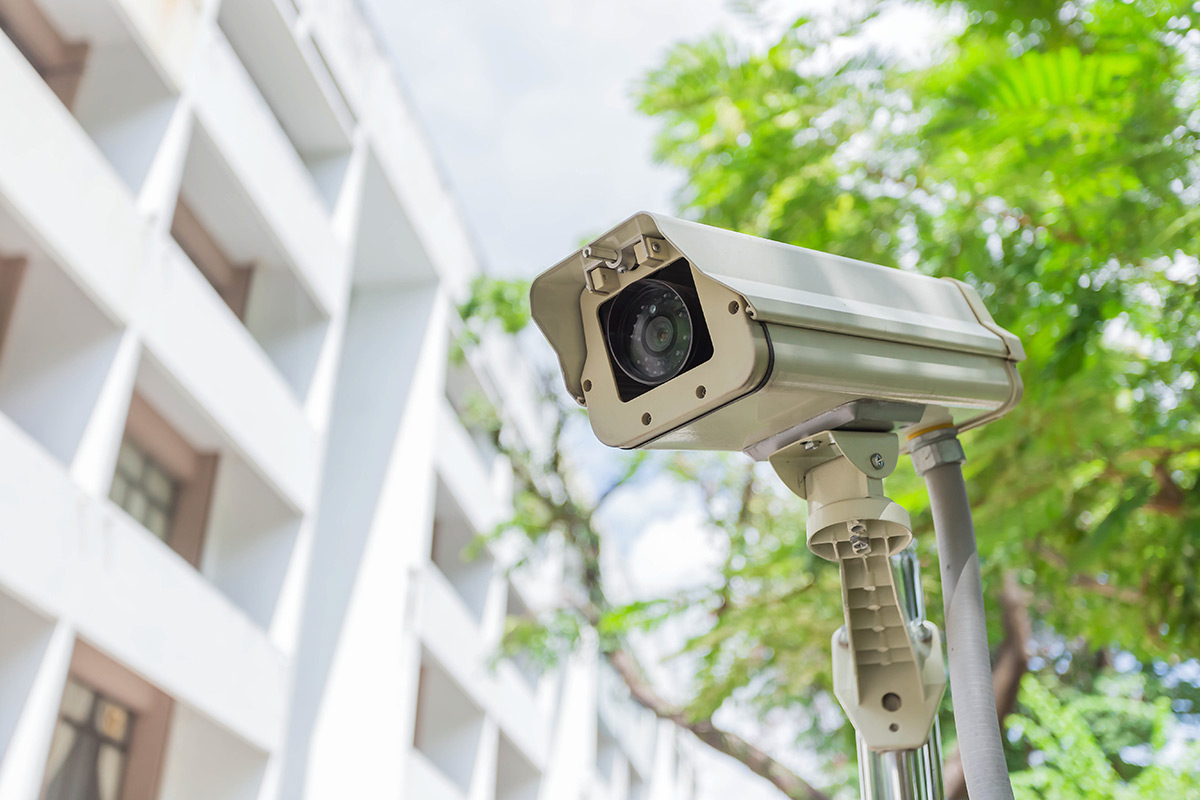
Image Source – Google
When it comes to surveillance and security, having the right tools can make all the difference. PTZ (Pan-Tilt-Zoom) cameras are a powerful and versatile option for capturing high-quality footage in a variety of settings. From monitoring large outdoor spaces to keeping an eye on indoor environments, PTZ cameras offer flexibility and control that can help you capture every moment with precision. In this ultimate guide, we will explore the features, benefits, and best practices for using PTZ cameras in your surveillance system.
Section 1: Understanding PTZ Cameras
What are PTZ Cameras?
- PTZ cameras are surveillance cameras that can pan (move left and right), tilt (move up and down), and zoom in on specific areas.
- These cameras offer remote control capabilities, allowing users to adjust the camera's position and zoom levels from a central control system.
- PTZ cameras come in a variety of designs, including dome-shaped and bullet-shaped options, to suit different surveillance needs.
Key Features of PTZ Cameras
- Pan: Rotate horizontally up to 360 degrees to monitor a wide area.
- Tilt: Move vertically to capture different angles and views.
- Zoom: Enlarge distant objects for a closer look without sacrificing image quality.
- Presets: Save specific camera positions for quick access to critical monitoring points.
- Auto-tracking: Automatically follow moving objects within the camera's range.
Section 2: Benefits of Using PTZ Cameras
Enhanced Coverage
- PTZ cameras offer a wide field of view, allowing you to monitor large areas with a single camera.
- The ability to pan, tilt, and zoom provides flexibility in adjusting the camera's focus on specific areas of interest.
Improved Detail and Clarity
- The zoom feature of PTZ cameras enables you to capture clear and detailed images of objects or individuals at a distance.
- High-resolution video quality ensures that critical details are not missed during surveillance.
Remote Monitoring and Control
- Users can remotely access PTZ cameras via a computer, smartphone, or tablet for real-time monitoring.
- Control the camera's movements and zoom levels from anywhere with an internet connection for efficient surveillance management.
Section 3: Best Practices for Using PTZ Cameras
Strategic Camera Placement
- Position PTZ cameras in high-traffic areas or at entry/exit points to maximize coverage and monitoring capabilities.
- Mount cameras out of reach to prevent tampering or damage.
Utilize Presets and Tours
- Create preset positions for common monitoring points and regularly used camera angles for quick access.
- Set up tours that automatically move the camera through a series of preset positions for comprehensive surveillance coverage.
Customize Motion Detection Settings
- Adjust motion detection sensitivity to reduce false alarms and focus on relevant events.
- Configure the camera to send notifications or alerts when motion is detected in specified areas.
Conclusion
PTZ cameras are a valuable asset in any surveillance system, offering enhanced coverage, detail, and control for monitoring various environments effectively. By understanding the features and benefits of PTZ cameras and implementing best practices for their use, you can capture every moment with precision and ensure the security of your property or premises.